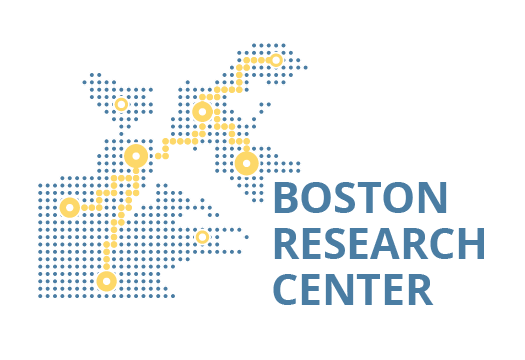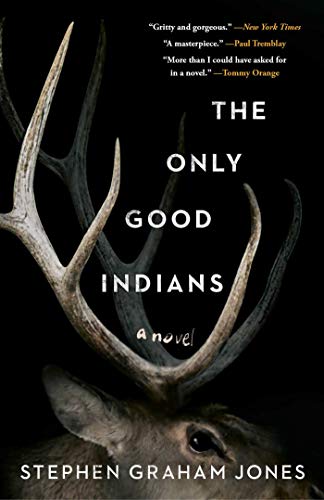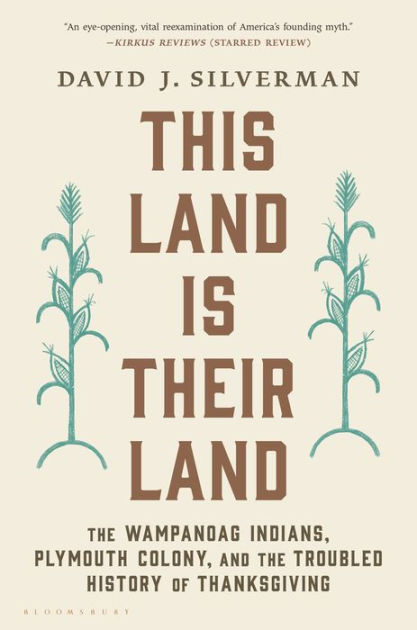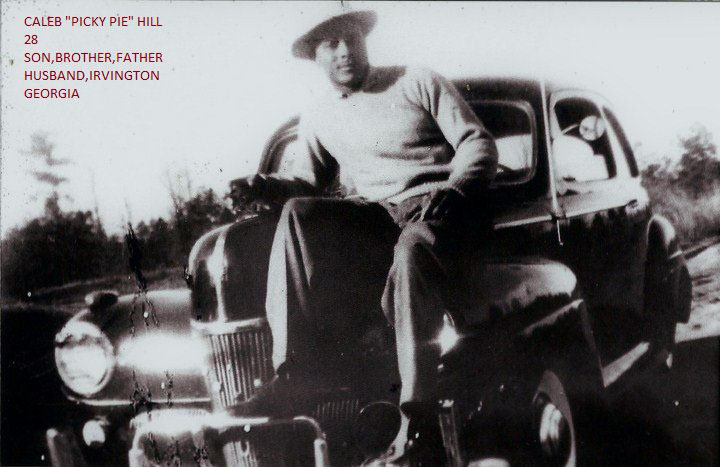Mellon Foundation Awards $505,000 Grant to Extend Funding for the Boston Research Center
The Northeastern University Library has received a $505,000 grant from the Mellon Foundation to support the final developmental phase of the Boston Research Center. This grant builds upon two previous grants from the Mellon Foundation — which helped Northeastern launch the BRC with a $200,000 planning grant in 2017, and a $650,000 implementation grant in 2019.
“We deeply appreciate the Mellon Foundation’s ongoing support of the Boston Research Center and our library’s efforts to work with the communities that surround Northeastern’s campuses,” said Dan Cohen, Dean of the Northeastern University Library. “Along with our partners in the Boston area, we have learned a great deal about how to express our neighbors’ stories, culture, and history.”
The BRC is dedicated to bringing Boston’s neighborhood and community histories to light through the creation and use of new technologies, allowing Boston residents to share underrepresented stories from city’s past. In its most recent phase, the BRC has focused on specific community projects to help share the stories of these neighborhoods and organizations. The Mellon Foundation’s grant will help develop tools and workflows to curate and disseminate these collections, making them accessible to the community and easy to build upon in future work.
By gathering documents, images, and personal narratives, and creating metadata for community resources, the BRC ensures that everything from public art and oral histories to important neighborhood sights are recorded to help disseminate area history and culture. Recent projects include:
- The Harriet Tubman Memory House Project, which contains photographs, oral histories, flyers, architectural plans, and other digitized materials that tell the interwoven stories of Boston’s South End neighborhood, the United South End Settlements and Harriet Tubman House, gentrification, community action, and resilience.
- The East Boston Memoir Project, which contains photographs, oral histories, newspapers, and other digitized materials that make available the history of East Boston.
- The Neighborhood Public Art Project, which contains an interactive map documenting Boston’s rich and diverse history of public art.
- The Chinatown Collections Project, which contains historical records documenting the people, organizations, and historical collections of Boston’s Chinatown in a bilingual database.
Located in Northeastern University Library, the BRC is managed by the Archives and Special Collections and the Digital Scholarship Group. It works in collaboration with the Boston Public Library along with many community organizations and individuals.





